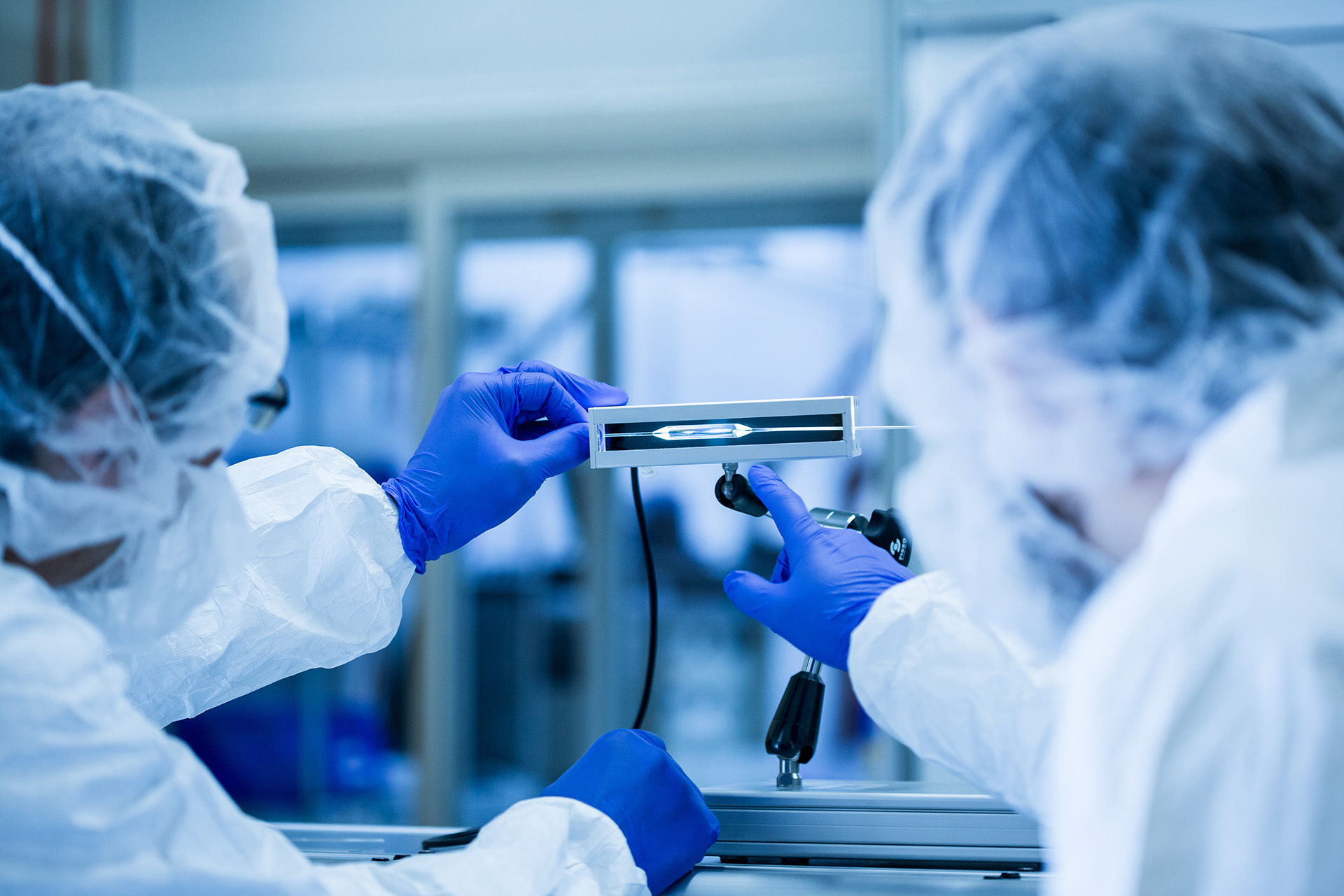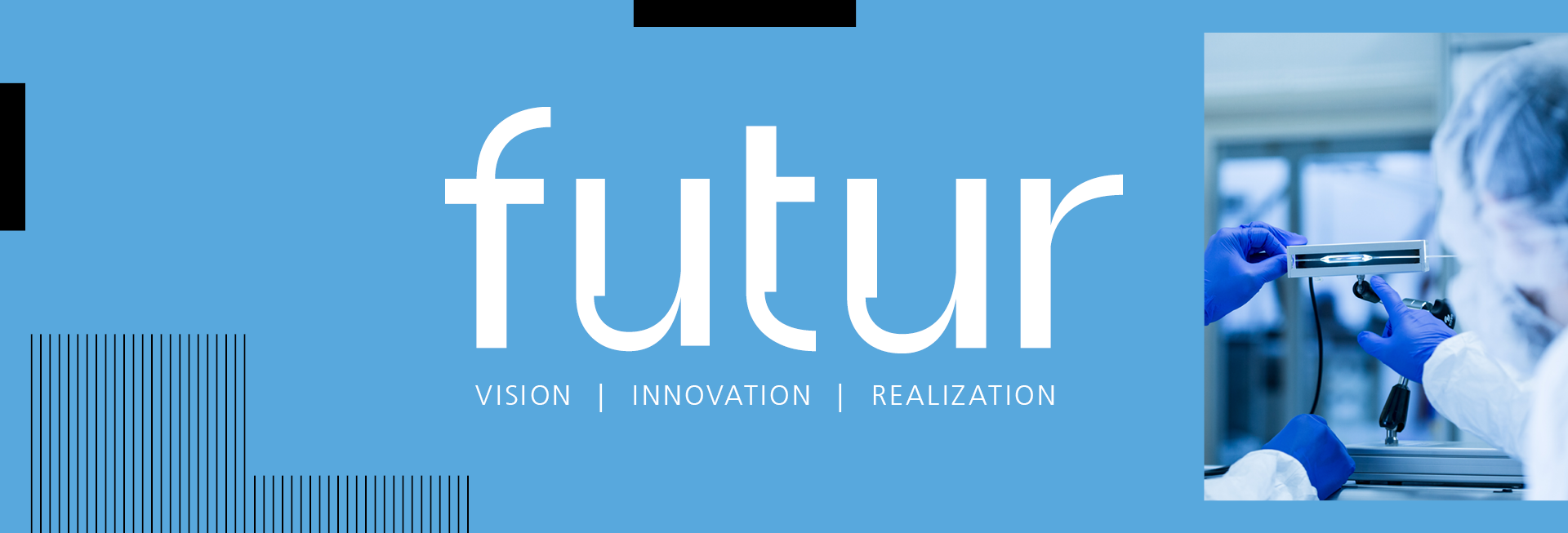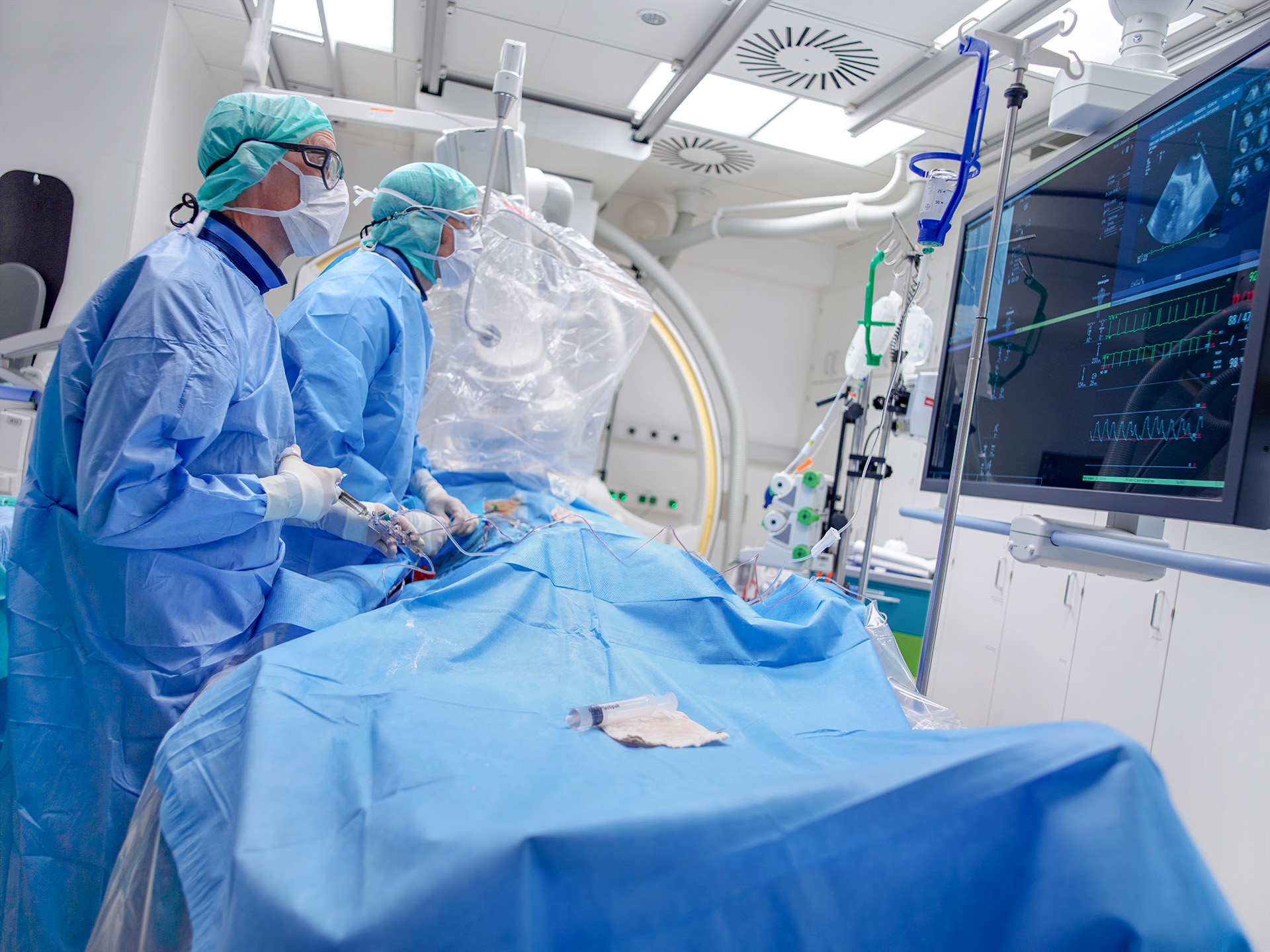Using Balloons to Combat Heart Attacks

A stabbing feeling in the chest, a pain in the arm, breathing difficulties – the common symptoms of a heart attack are burned deep into our collective consciousness. In many cases, heart attacks are a result of coronary heart disease (CHD), a widespread disease that affects about seven out of every 100 women and ten out of every 100 men in Germany over the course of their lifetime.
The leading cause of CHD is a narrowing of the coronary arteries due to calcium deposits on the inner walls of the arteries, which is known as arteriosclerosis. Even if it does not result in a heart attack, those affected often suffer from chronic problems such as shortness of breath or pain. This is because the calcification causes a narrowing (stenosis) of the vessels, which means the heart can no longer be supplied with sufficient oxygen.
Once such a narrowing has occurred, it needs to be removed mechanically. Until now, this has usually been done via a minimally invasive procedure in which a balloon catheter is inserted into the narrowed artery. On top of the balloon catheter is a plastic support called a stent. The stent expands as the balloon is inflated, and remains in the vessel in its expanded state. In this manner, it provides support for the artery walls and restores an uninterrupted flow of blood.
Like any foreign body, stents that remain in the artery carry risks. Tissue irritated by the dilatation may form a layer around the stent as it attempts to regenerate. In doing so, it may grow into the blood vessel after a few months. The resulting re-narrowing of the vessel segment, called restenosis, occurs in approximately one-third of all treatments involving a stent, and requires costly follow-up surgery. In order to reduce this risk to about ten percent, the stents can be coated with immunosuppressive drugs that diminish cell growth. However, one potential long-term consequence of this procedure is a thrombosis.
»As a result of the project, we expect an increase in the market share of drug-coated balloon catheters and in the acceptance of this specific form of therapy over conventional stent treatment.«
Dr. Thomas Speck, managing director at InnoRa
Alternative to stents
Medical research is therefore focused on a lower-risk alternative: Instead of the stents, the balloon catheter used to widen the blood vessel is coated with immunosuppressants. The active substance is introduced directly into the cells of the arterial walls via the balloon’s surface. This prevents cell growth – and thus the blood vessel from narrowing again – without leaving behind an object in the body.
To ensure that the oxygen supply is not completely interrupted for too long, the dilatation cannot take longer than 60 seconds. Unlike coated stents, which release an active substance over a longer period oftime, balloon catheters therefore need to transfer it to the artery wall immediately. For good penetration through the cell wall, the coating has to be designed such that the microscopic crystals of the drug all point outward in the same direction.
Until now, however, these highly specialized crystalline coatings could only be applied to the catheters manually by experienced personnel – an extremely laborious and inefficient process that also resulted in a great deal of wastage. This technique quickly reaches its limits when it comes to the mass production of these high-quality medical devices.
Live-saving automation
A team at Fraunhofer IPK is researching how the laborious process of coating balloon catheters can be automated. As part of the joint »Heliko – Automated and process-safe coating of balloon catheters with active substances« project funded by the German Federal Ministry of Education and Research (BMBF), an automated coating machine prototype is currently being developed. With this technology demonstrator, researchers intend to show how the process can be performed in a reliable and scalable fashion. By doing so, they aim to ensure a consistent level of quality and a higher overall effectiveness of the coated balloon catheters. Through the automation of production steps which are currently performed manually, the crystal structures of the drugs can be developed more reliably on the balloon’s surface. At the same time, the costs of manufacturing will be significantly reduced.
As is generally the case at Fraunhofer, the scientists are collaborating closely with companies that are pioneers in this field. The company InnoRa is lending its expertise on the coating of the balloons and validating the results obtained in its own experiments. Organical CAD/CAM is using the coating system developed to build a machine tool so that the balloons can be manufactured on an industrial scale.
The automated coating machine is expected to be completed by the end of 2022, after which it will be swiftly launched onto the market. Dr. Thomas Speck, managing director at InnoRa, is optimistic: »As a result of the project, we expect an increase in the market share of drug-coated balloon catheters and in the acceptance of this specific form of therapy over conventional stent treatment.« Future patients could thus be spared the occurrence of late thrombosis.
 Fraunhofer Institute for Production Systems and Design Technology
Fraunhofer Institute for Production Systems and Design Technology

